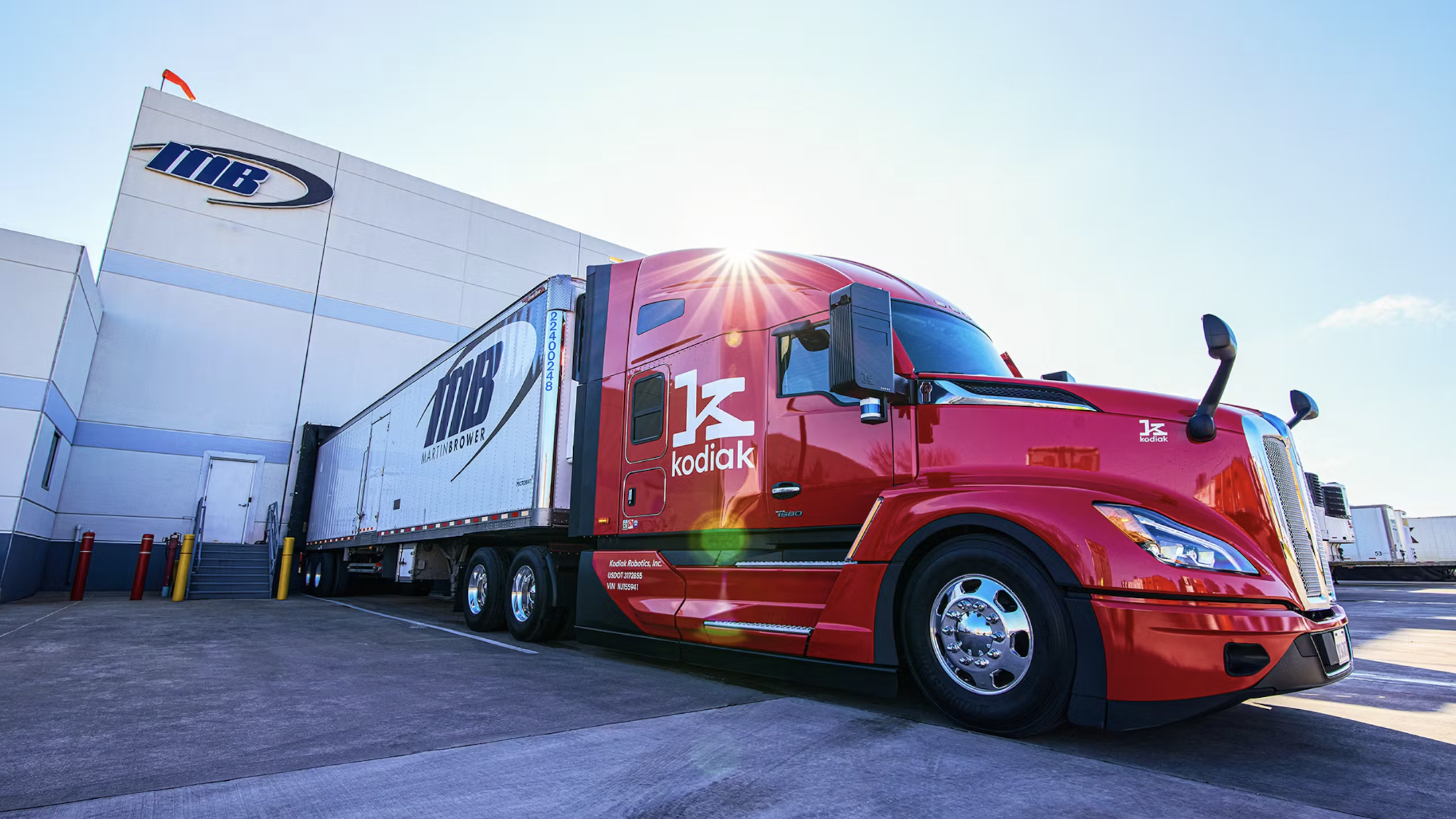Kodiak Robotics, manufacturing and defense
For more coverage about Kodiak, subscribe to our club letter.
Kodiak Robotics develops autonomous technology primarily for long-haul trucking. Its modular system, the Kodiak Driver, integrates into different vehicles to improve safety and efficiency in transportation. The company also offers solutions in defense and industrial sectors, enabling autonomous operations in harsh environments. Kodiak has partnered with companies like J.B. Hunt and Bridgestone, surpassing milestones in autonomous freight transportation.
Funding History
Kodiak Robotics has raised a total of $246.4 million across nine funding rounds. Their most notable rounds include a $125 million Series B in November 2021, bringing the company's total funding at the time to $165 million. The Series B included investments from major players such as SIP Global Partners, Lightspeed Venture Partners, Battery Ventures, CRV, and more. Additionally, in December 2022, the company received a $49.9 million grant.
These funds have been directed toward expanding Kodiak’s workforce and autonomous fleet, as well as scaling their operations across key trucking routes.
Most significant investors include
1. Soros Fund Management – a family office known for strategic tech investments.
2. BMW i Ventures – the venture arm of BMW focused on innovative technologies.
3. Bridgestone Americas – a major corporation involved in autonomous vehicle technology.
4. Lightspeed Venture Partners – a well-known VC firm.
5. Battery Ventures – a VC firm that invests in cutting-edge technologies.
6. SIP Global Partners – involved in early-stage investments in frontier technologies.
Differences with Tesla Semi
The main differences between Kodiak Robotics’ and Tesla’s autonomous driving technology relate to their focus, approach, and hardware systems:
1. Focus and Application:
• Kodiak focuses exclusively on autonomous long-haul trucking. Their technology is purpose-built for highways and long-distance freight transportation.
• Tesla focuses on consumer vehicles with its Autopilot and Full Self-Driving (FSD) systems, aiming to enable autonomous driving across all road types, including city streets and highways.
2. Autonomy Level:
• Kodiak operates at a high level of autonomy specifically for highway driving, where trucks handle on-highway driving autonomously, with a human driver responsible for entering and exiting highways.
• Tesla’s FSD aims for full autonomy across diverse environments but currently operates at Level 2 or Level 3 autonomy, where the vehicle handles most tasks but still requires driver supervision.
3. Hardware Systems:
• Kodiak uses a modular sensor suite specifically designed for trucking, integrating radar, lidar, and cameras to focus on high-speed, long-distance driving scenarios on highways.
• Tesla relies primarily on camera-based vision with some use of radar, having moved away from lidar in favor of its vision-based system. Tesla’s system aims to process real-world driving data through neural networks to achieve autonomy.
4. Scale and Commercial Use:
• Kodiak is actively working on integrating its technology with major logistics companies for autonomous freight delivery, focusing on the trucking industry’s specific needs.
• Tesla is developing consumer-level autonomy for individual car owners, with the eventual goal of creating a fleet of robotaxis.
5. Modularity:
• Kodiak’s technology is designed to be integrated into various truck platforms, providing flexibility in applying the autonomous system to different makes and models of trucks.
• Tesla designs its autonomous driving technology to be tightly integrated with its own electric vehicles, controlling both hardware and software in-hous
In summary, Kodiak Robotics focuses on long-haul trucking with a modular, lidar-inclusive approach, while Tesla aims at a broader consumer vehicle market with its camera-based FSD system.
Kodiak and Defense Applications
Kodiak Robotics’ defense product range focuses on integrating their autonomous driving technology into military vehicles. Their key product, the Kodiak Driver, is adapted for military applications, specifically for rugged and GPS-degraded environments. This system is modular and can be integrated into various vehicle platforms, from trucks to next-generation combat vehicles. A notable feature is the Kodiak DefensePods, which house the sensors needed for autonomous operations. These pods are designed to be easily swapped out in the field without specialized training, making the system highly adaptable for military use.
Kodiak has been involved in several military projects, including a $49.9 million contract with the U.S. Department of Defense to develop autonomous systems for the Army’s Robotic Combat Vehicle (RCV) program. This work focuses on automating vehicles for reconnaissance, surveillance, and other high-risk missions. Their technology is also being integrated into uncrewed vehicles through collaborations with companies like Textron Systems, pushing the boundaries of autonomous military vehicles.
For more information, you can explore the following links:
Military Ground Superiority - December 4, 2023
Kodiak Launches its First Autonomous Military Prototype Vehicle - December 4, 2023
U.S. Army Robotic Combat Vehicle (RCV) Program - November 9, 2023
What is IPO CLUB
We are a club of Investors with a barbell strategy: very early and late-stage investments. We leverage our experience to select investments in the world’s most promising companies.
Disclaimer
Private companies carry inherent risks and may not be suitable for all investors. The information provided in this article is for informational purposes only and should not be construed as investment advice. Always conduct thorough research and seek professional financial guidance before making investment decisions. IPO CLUB is not invested in Kodiak at the time of writing and recently added the name to its coverage.


